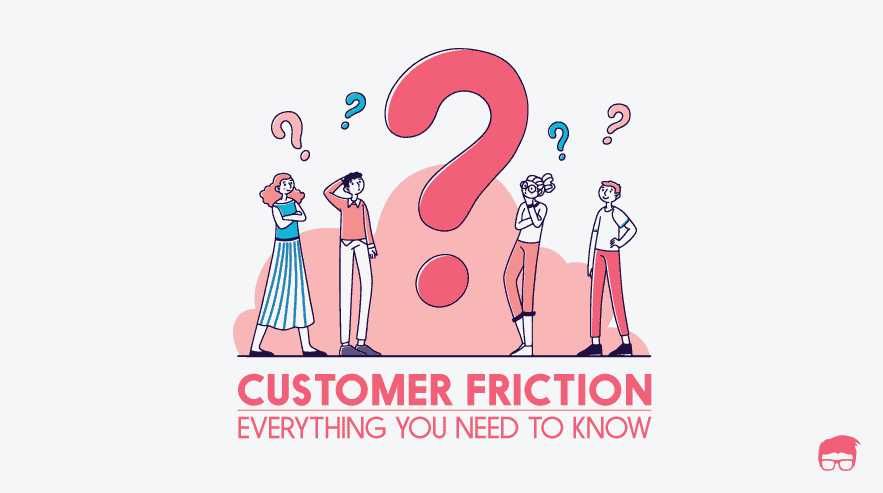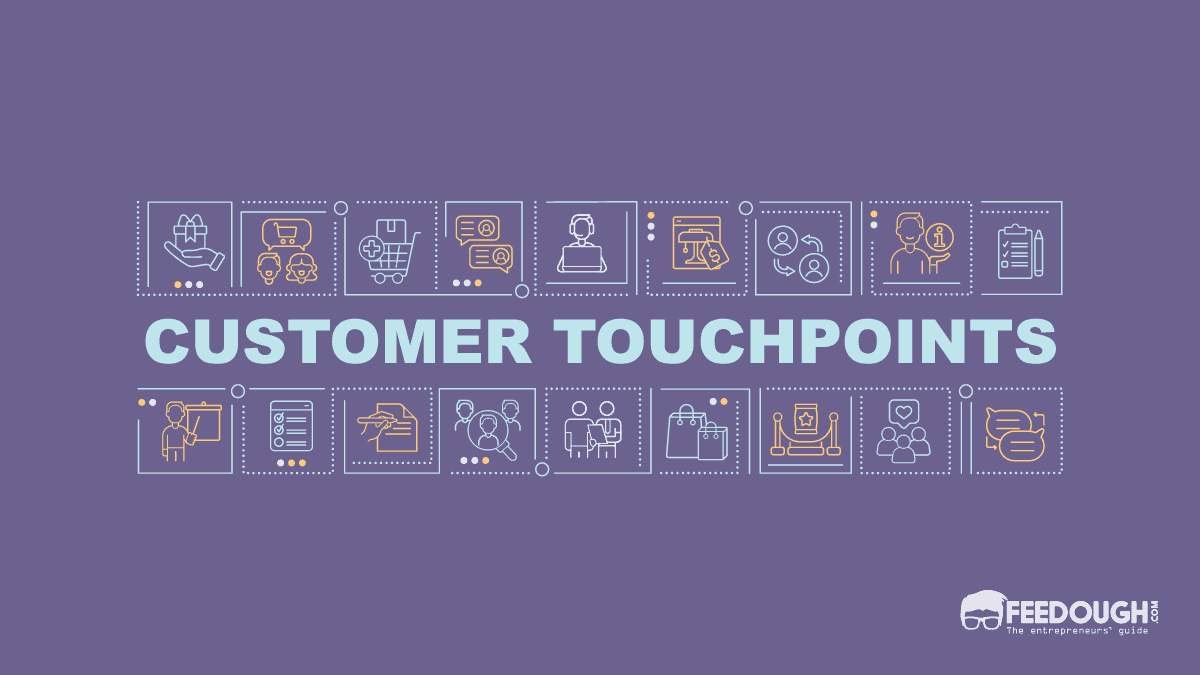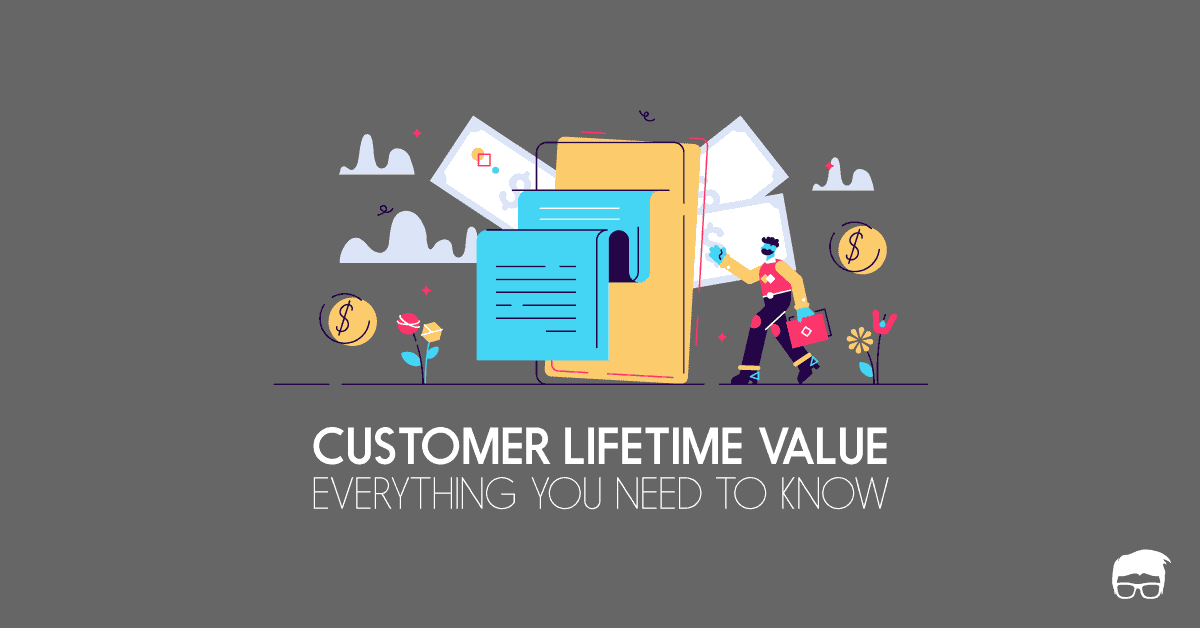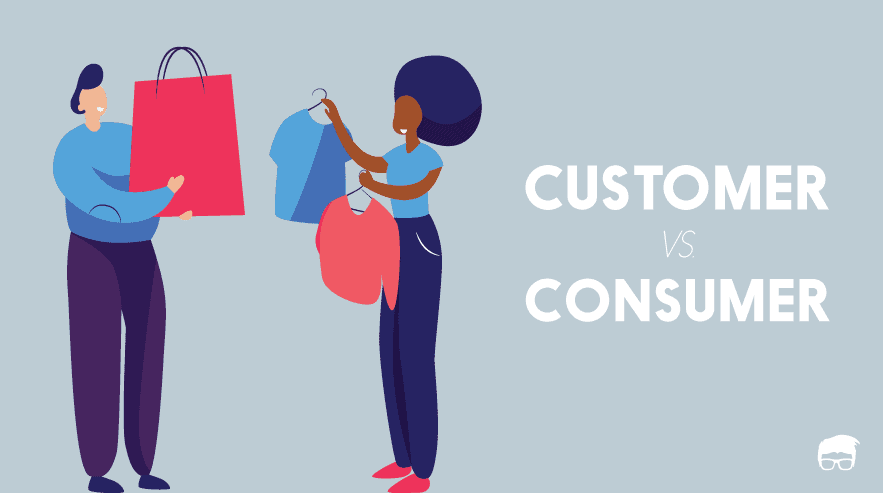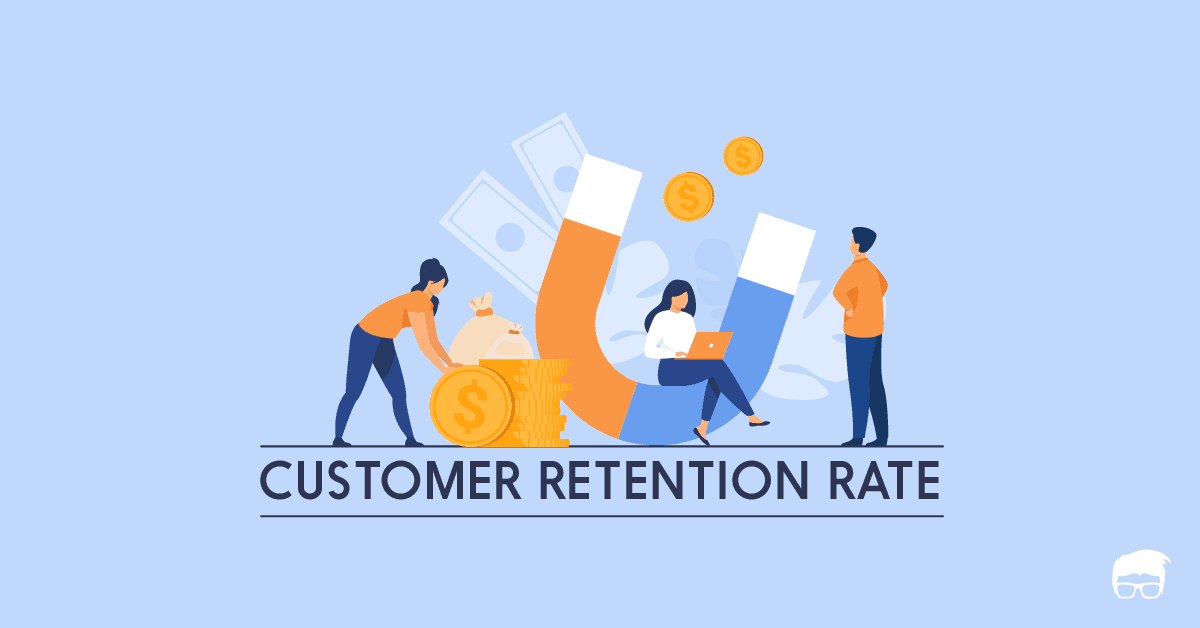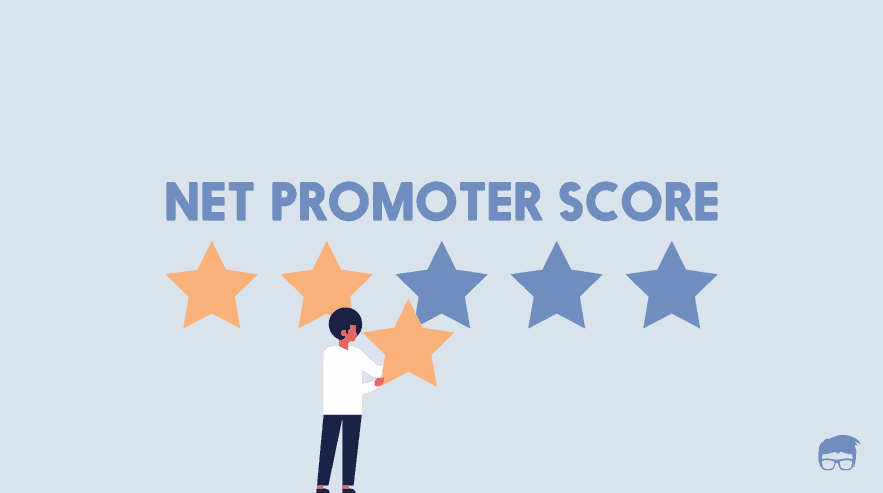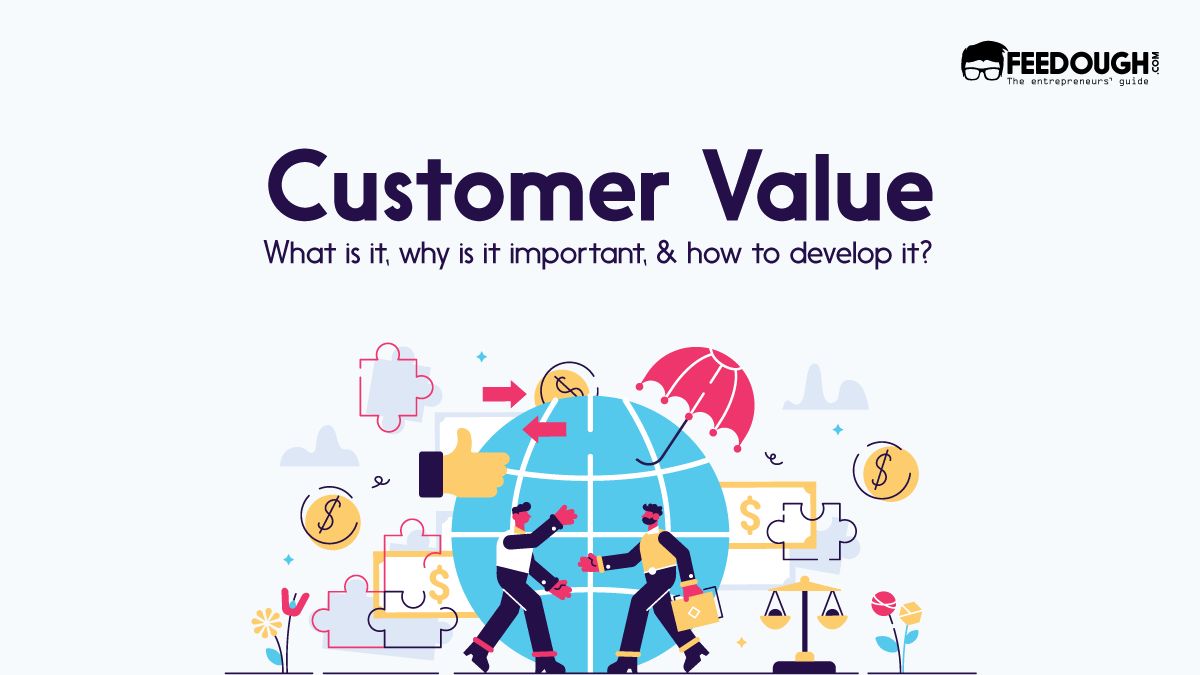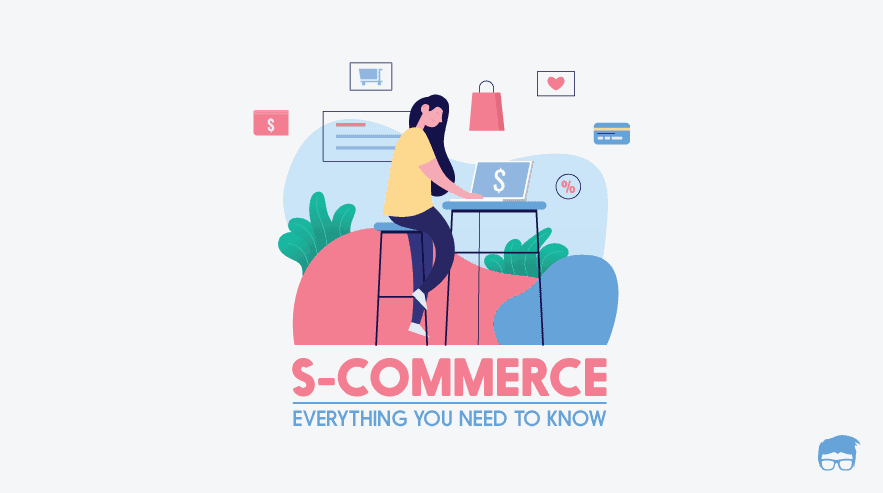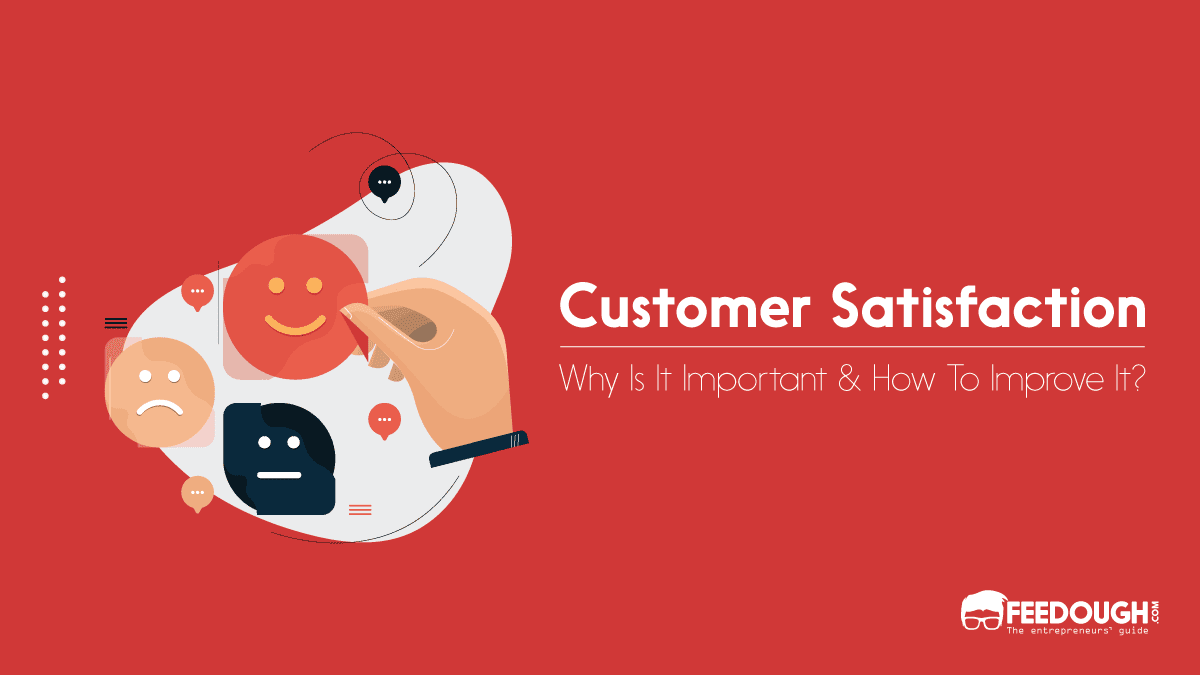Have you ever clicked on a link only to wait forever to load up?
Ever felt that an app takes forever to load up even though all it does is show the time?
Ever waited forever to be served at a restaurant even though there are only a few customers?
If it is yes for at least one of the above, you have experienced what is supposedly a simple yet ever-pervasive problem that haunts all industries and businesses alike.
You just experienced instances causing customer friction.
What is Customer Friction?
Customer friction is anything that stops customers from buying the company’s goods, products or services.
Businesses and companies use funnels – sales funnels & marketing funnels to be precise – to nudge their customers into making the purchasing decision. But, there will be instances in the funnel that will impede customers from making a decision.
These instances cause what we generally term as “customer friction”.
Let’s look at how customer friction affects businesses.
Impacts Of Customer Friction
Customer friction negatively affects everything – the funnels that you’ve set up, sales, profit margins, inventory and even marketing.
When customers face hindrances during their time with your business or brand, they usually quantify it as poor customer service. You may have an exceptional product that might genuinely solve the customer’s problems, but the experience will be branded as a sour one for the consumer.
You see, the word-of-mouth method of marketing is still king, and a bad impression will likely be spread by word-of-mouth. Research also shows that 78% of consumers have bailed out on the product or brand and moved on to other options available to them due to perceived hindrances or poor customer service – basically customer friction.
So, it can be firmly said that customer friction and its instances cause a lot of trouble to businesses and finding the points causing customer friction should be of the utmost importance.
Identifying Customer Friction
For starters, instead of focusing from your business’ perspective, put yourself in the shoes of your customer – try going through the sales and marketing funnels that a consumer has to go through to complete a purchase. This is a sure-fire way of finding things that might crop up when say, interacting with your website or shopping at your physical storefront.
You can also use the following methods to indirectly find out where customer friction occurs –
- Customer interviews
- Customer surveys
- Website Analytics
- Interviewing your employees
This will help you come up with a list of things that causes friction for your customers. Here are a few examples of customer friction.
Examples of Customer Friction
- Poor website quality
- Bad policies
- Cumbersome technologies
- Slow service
- Long wait times
- Mismanaged inventory
- Bad UX/UI
- Uninformed sales staff
- Slow delivery
- Negative online reviews
Having identified and listed the things that cause customer friction in your business, brand, product, or funnel, it is time that you moved on to solving the said issues. Here are a few, generally applicable methods for reducing customer friction.
Ways to Reduce Customer Friction
There’s no one-size-fits-all strategy to reduce customer friction. However, there are several rules of thumb that you can use to reduce customer friction. Here are some:
Happy Employees Equals Happy Customers
Human interaction will always remain as the best method of capturing your customer’s attention. That is why you see websites strive to “talk” to you instead of displaying the facts and details right on their landing page.
And, when it comes to interaction with the customers, your employees are at the forefront. Motivating and making your employees feel at home will help them interact and serve better. This will help reduce customer friction since employees do not shy away from helping the customer since they are satisfied and are well-briefed.
Moreover, whether they interact with customers or not, employees should be trained properly so they can represent your business with pride. When an employee is not happy, your customer won’t be either and vice-versa.
Follow Up With Repeat Customers
Your repeat customers are gold mines when it comes to finding out about hindrances in their experiences and also whether the changes made have reduced or increased customer friction. Since these customers have been around for a long, they tend to notice the changes easily and if the said change is positive, it can even help boost word-of-mouth.
Maintain Consistent Design
Nothing confuses users and customers more than having a disoriented and cluttered design or interface (unless it suits your industry or sector). This confusion acts as a barrier that prevents customers from investing their time and resources into your product, brand or business.
This can be resolved by sticking to a consistent, clean and straightforward design. This will help in reducing customer friction since following industry standards and modelling your say, website or storefront or even your pamphlets, with proper layout and positioning can help ease the customer into focusing on learning about your company rather than trying to find it in the first place.
Increase Methods for Customer Interaction
Customer interaction, or the lack thereof, is said to be the major cause of customer friction. Interested customers want to get more invested in your brand, company or product and there is only so much a website, poster or sign can provide upon.
So make sure, be it online or offline, you have methods and facilities in place for customers to be able to easily and freely interact with your products, brand or company.
Prioritize Value-Addition
Adding value to anything can be approached in two ways – adding new features or removing the imperfections. Know that these two are different, but the one thing they have in common is the value added to the product, service, brand or company.
Previously, even if you had a great design or meticulous funnels in place, customers would be hindered from purchasing your products or services since they found that it added not much in value.
Focusing on value-addition removes this hindrance and reduces customer friction. Doing so also helps increase a customer’s loyalty since you have shown that you wish to help add value to their lives and not just sell products.
Simplify Processes Wherever Possible
With the internet, global boundaries have diminished to a large extent. So, a business has to make sure that it is simple enough to be understood by the majority of its audience or population.
This will help you and your company reach the widest audience possible while not adding to the cause of customer friction.
Go On, Tell Us What You Think!
Did we miss something? Come on! Tell us what you think about our article on Customer Friction in the comments section.

Started out to become a developer but felt at home in the home of startups. The journey started from a single novel. Been an entrepreneur since schooling days. Interested in coding, reading and movies.
